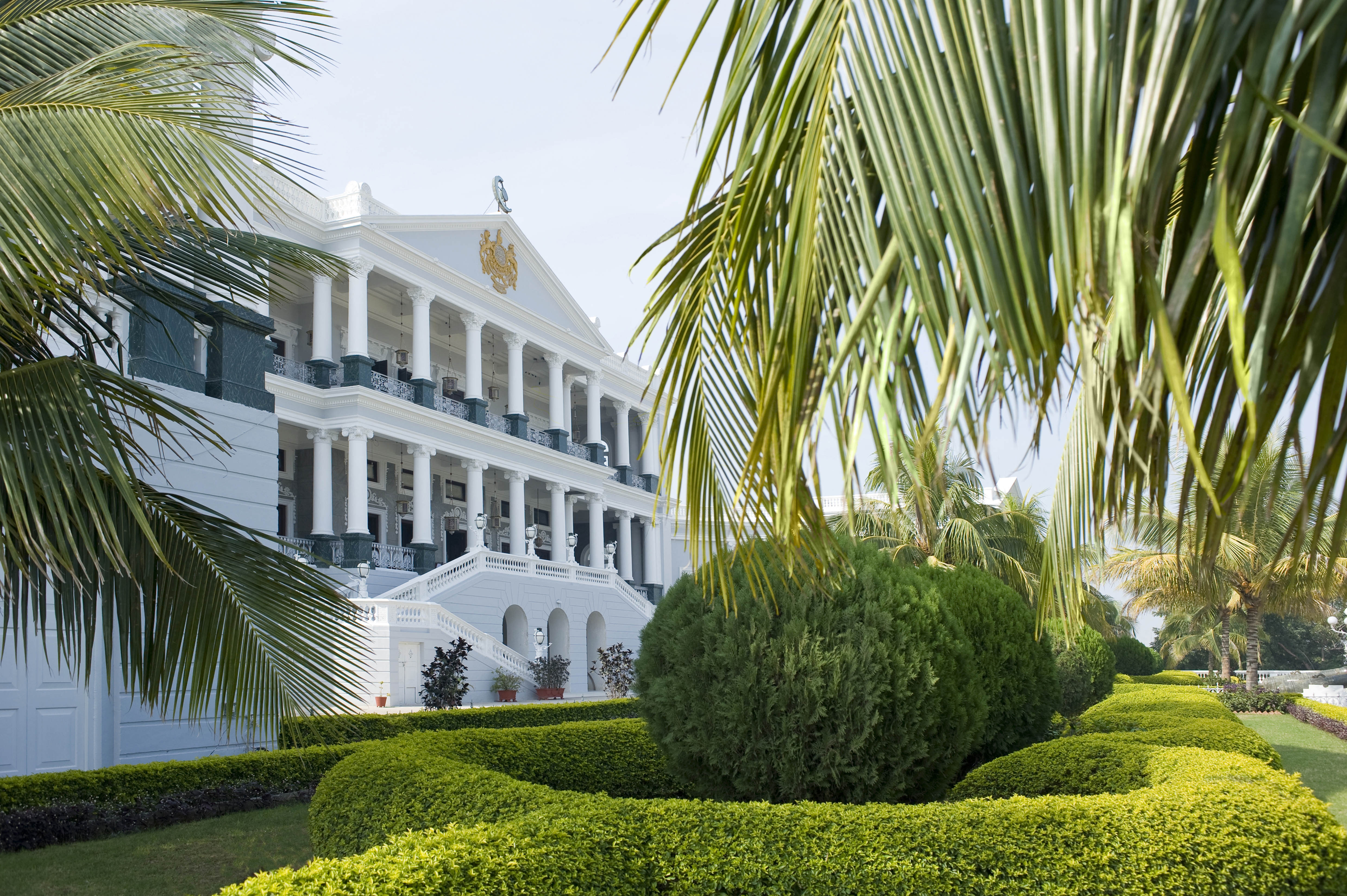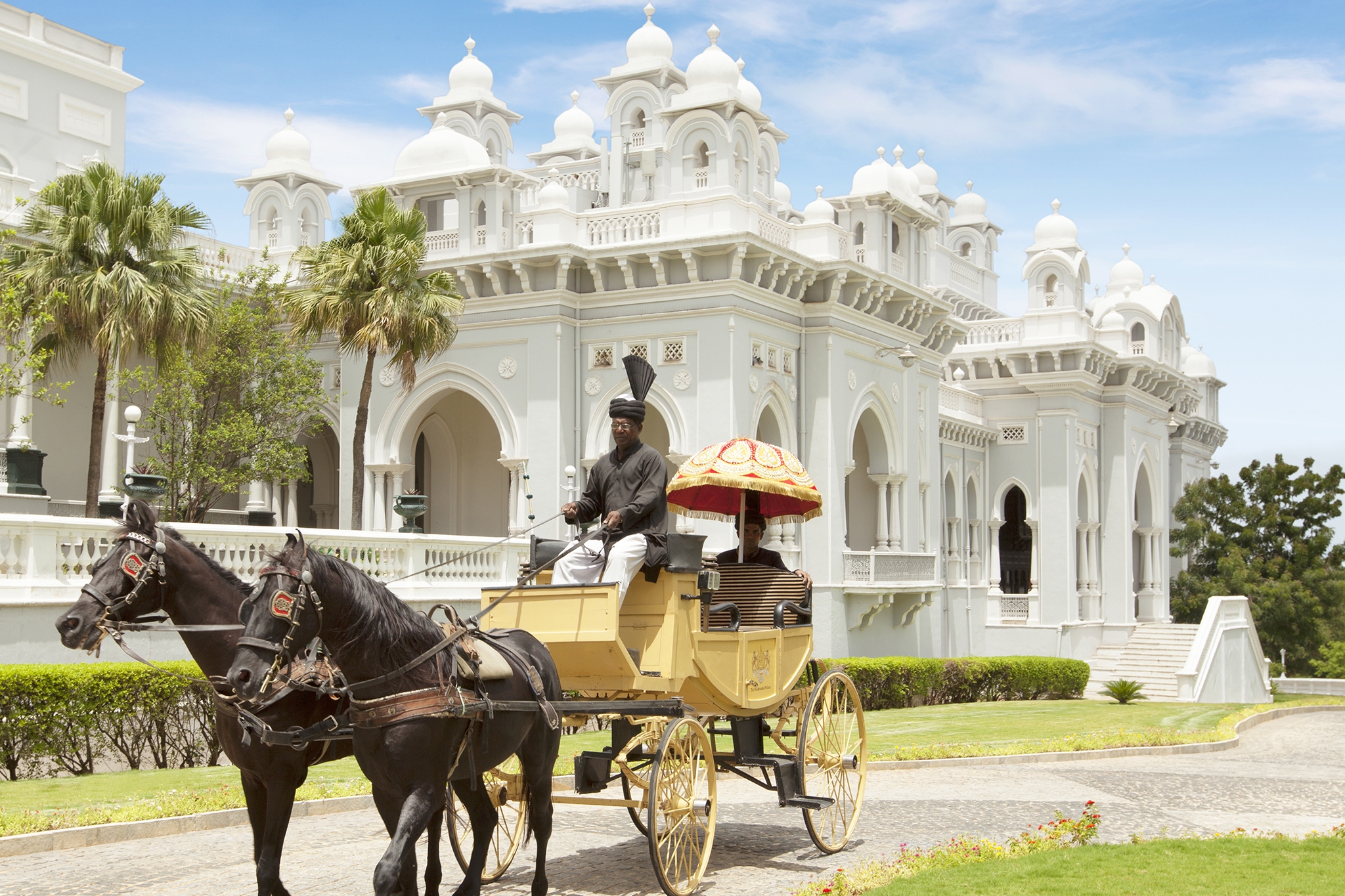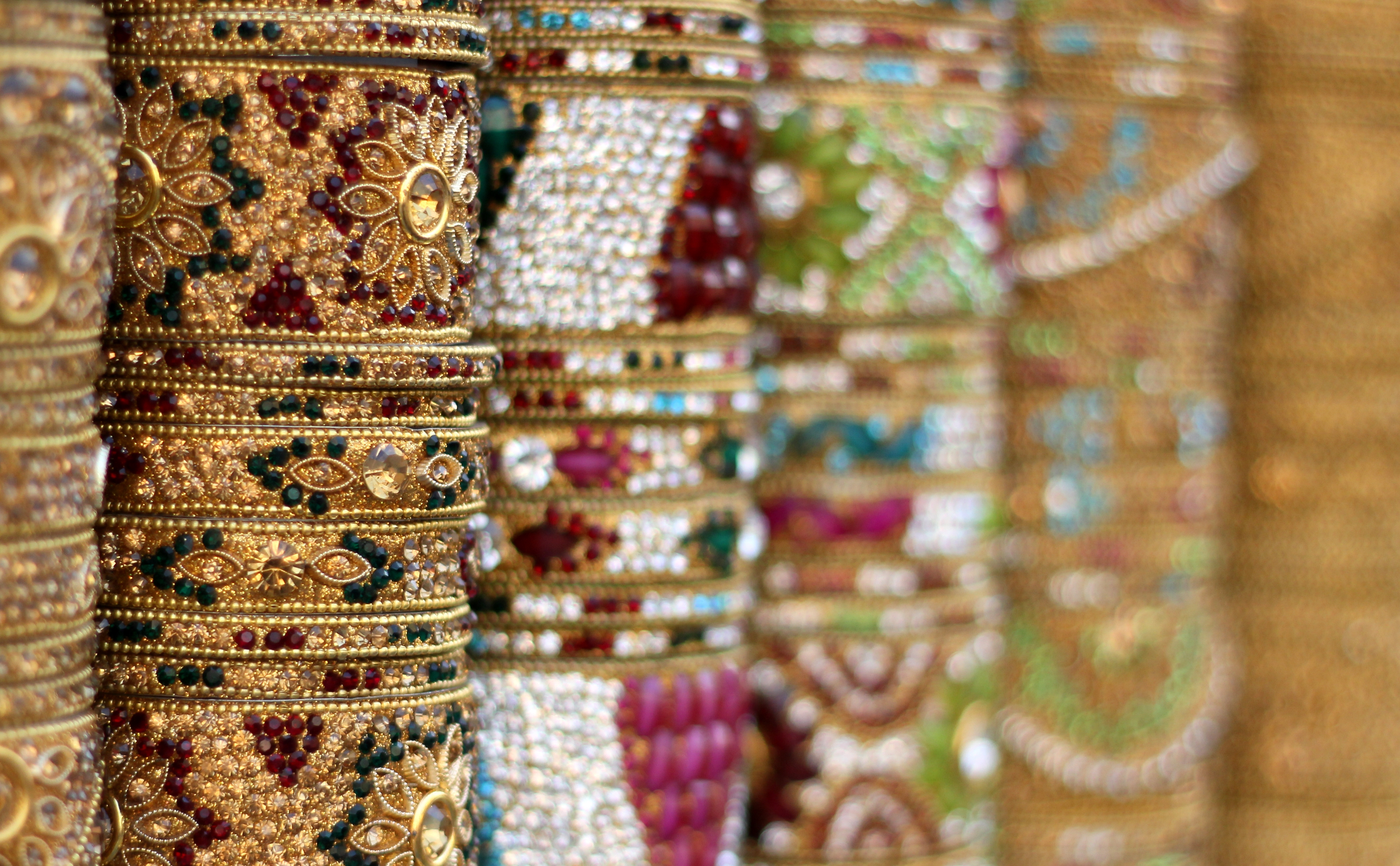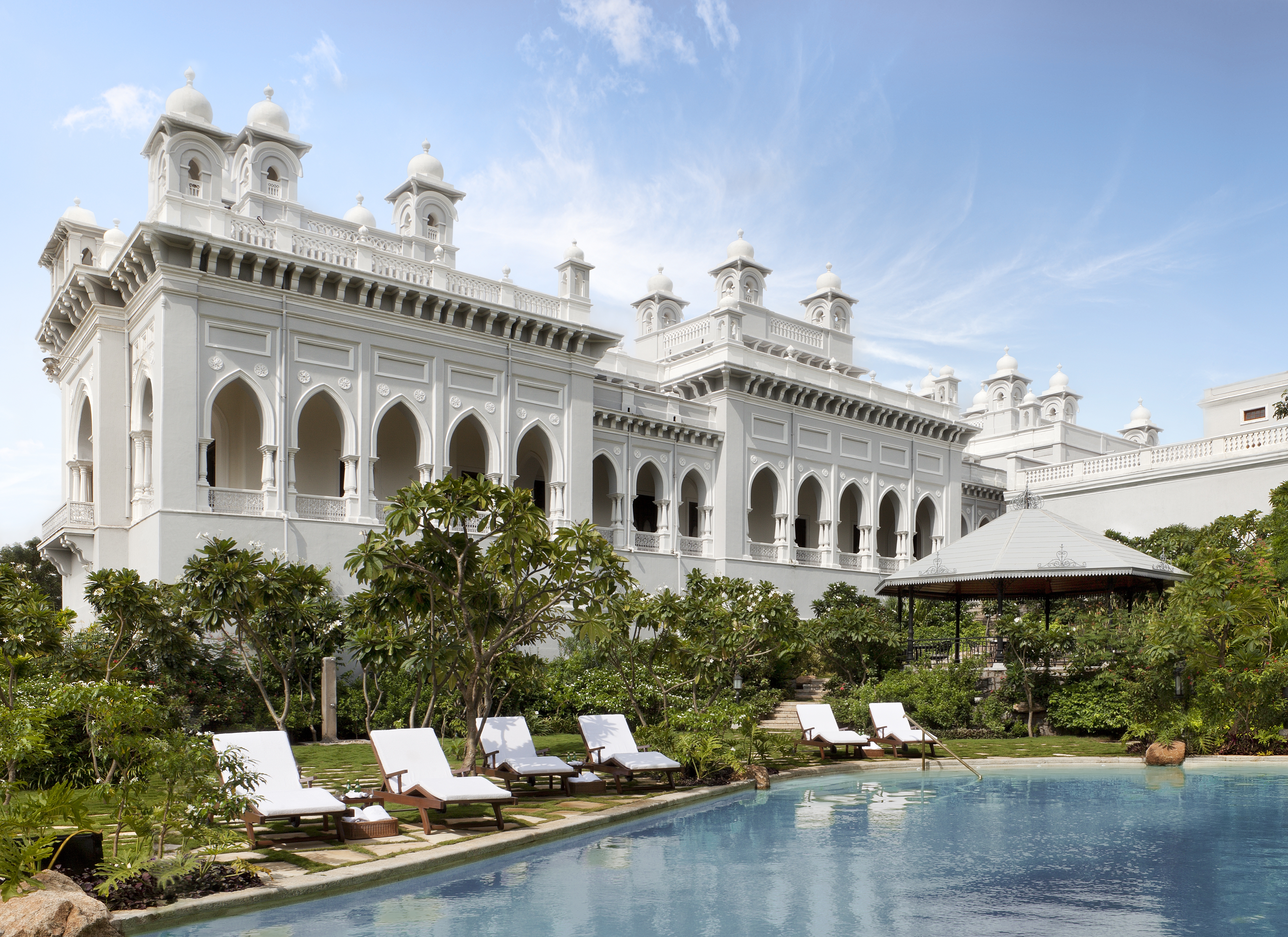Why India's Taj Palaces will leave you feeling like royalty

A residence fit for a queen. And I certainly felt like royalty at my home from home in India, after all I was following in the footsteps of several kings and queens of England who over the years have called the glamorous Taj Falaknuma Palace in Hyderabad home too. I had to pinch myself, thinking that I may be resting my head in the same room as King George V or Queen Mary.



On arrival, a horse-drawn carriage was waiting to transport me to a grand welcoming ritual, where I was showered in rose petals as I walked up the ornate staircase to the palace’s entrance in the warmest welcome I’ve ever received.
The palace, one of Taj’s eight palace properties across India, is located 2,000ft above the city of Hyderabad, and with Falaknuma meaning ‘mirror of the sky’, the setting lives up to its grand name.
Built in the 18th century, it was once home to the 6th Nizam of Hyderabad, rumoured to have been the richest man in the world at the time. The palace fell into disrepair in the 1950s but was eventually lovingly restored by Her Highness Princess Esra, first wife of the current Nizam owner, who returned it to its original glory.
Clients wanting extravagance and grandeur will feel at home here. The marble foundations in the entrance hall and the 101-seat dining room lit by Belgian chandeliers have the wow factor, but it’s the smaller, more intricate details that impress; a bathtub with an intricate pipe system that once pumped out not only hot and cold water, but also featured a separate pipe for perfume to be added. Or the ivory snooker table in the lounge, one of only two to exist in the world (the other is owned by the Queen). These details highlight why Taj’s palace portfolio offers something incredibly unique.


The City of Pearls
I learnt about the property’s nuances on a champagne heritage walk, which provides guests with an insight into the historical significance of the Falaknuma.
As you’d expect with a property of this prestige, the town surrounding it is equally fascinating. Hyderabad is quite the jewel, both guratively and literally. Historically known as a pearl and diamond trading centre, it has retained its title as the City of Pearls.
Head to one of the city’s traditional bazaars if you’re keen to get your hands on the iridescent item (although be aware of traders selling fake ones). Laad Bazaar is the most popular, and as well as pearls, it’s particularly popular for bangles, although anything from bags to handwoven silks can also be found here.
Nearby is the Charminar mosque – the Arc de Triomphe of the east. Head to the top of the monument for fantastic views of the city centre. A few minutes’ walk away is another place
of worship, Mecca Masjid; one of the largest masjids in India. On the edge of the entrance courtyard there are two stone benches, and local folklore claims that if a person sits on them, they will return there again one day. One can only hope!
Farther afield, Golconda Fort lies just outside the city centre, with the Qutub Shahi tombs close by. Some of the nest diamonds in the world were found here, including the Kohinoor, one of the largest cut diamonds in the world and part of the British Crown Jewels.
Back at the Taj Falaknuma Palace, feast on delicious Indian cuisine. Hyderabad is famous for its version of biryani, which is distinctly different from other variations, and delicious. Sample this alongside countless other traditional dishes that are brought out en masse at the Falaknuma. It’s fair to say you won’t go hungry here.
Sensory assault
My next stop was Mumbai, the most-populated city in India and one that would easily be t the title of the city that never sleeps. I confirmed this for myself with a 3.30am wake-up call, dragging myself out of my sumptuous bed at the Taj Mahal Palace to head to Sassoon Docks for the fish auction.
One of the oldest docks in Mumbai (it was built in 1875) and one of few in the city open to the public, the Sassoon Docks is the perfect place to experience bustling local life. It might take you a few minutes to get past the odour, but once that subsides you’ll be able to embrace the unique opportunity to spend time with locals who live for fishing.
Hundreds of people pack onto a jetty, with colourful boats bobbing in the water. Men push loaded handcarts through the crowds shouting at you to move aside, while women weave through holding plastic tubs lled with sh ready to be sold to the highest bidders. Get there early, as by 9am, when most people are only just heading to work, the shermen have already nished theirs.
For another sensory overload, make a beeline for BB Dadar market. I thought the sh market was busy, but this was on a whole new level. Lining the side of the road are people selling huge amounts of fruit and vegetables – my eyes were streaming, and I couldn’t stop sneezing from the sheer volume of chillies. The sneezing continued at a nearby flower market. Everywhere here seems like utter chaos and in a way, it is, but the vibrant, colourful hues, combined with the noise of the city and its wonderful people unite to create something rather wonderful.
To see another side of Mumbai, head to Bandra West, which is home to many Bollywood stars and Indian cricket players. It’s a far cry from the poorer parts of the city, and sections feel quite westernised. The Bandstand Promenade, although by no means quiet, is much more relaxed, and feels less chaotic, than other parts of the city, and you can enjoy a walk along the seafront. You’ll also find Bandra Fort, which was built by the Portuguese in 1640 as a watchtower, and has beautiful views across the water, especially at sunset.
And when the sun set on my last day in India, it dawned on me that despite the madness and chaos, coming home might be even more of a shock to the system, with no horse-drawn carriage waiting and no rose petals cascading down on me as I made my way down the stairs at home or work.
But despite the realisation that I wasn’t a princess after all, I knew I would always have the memories of being made to feel like one on arrival at my Taj palace home.
